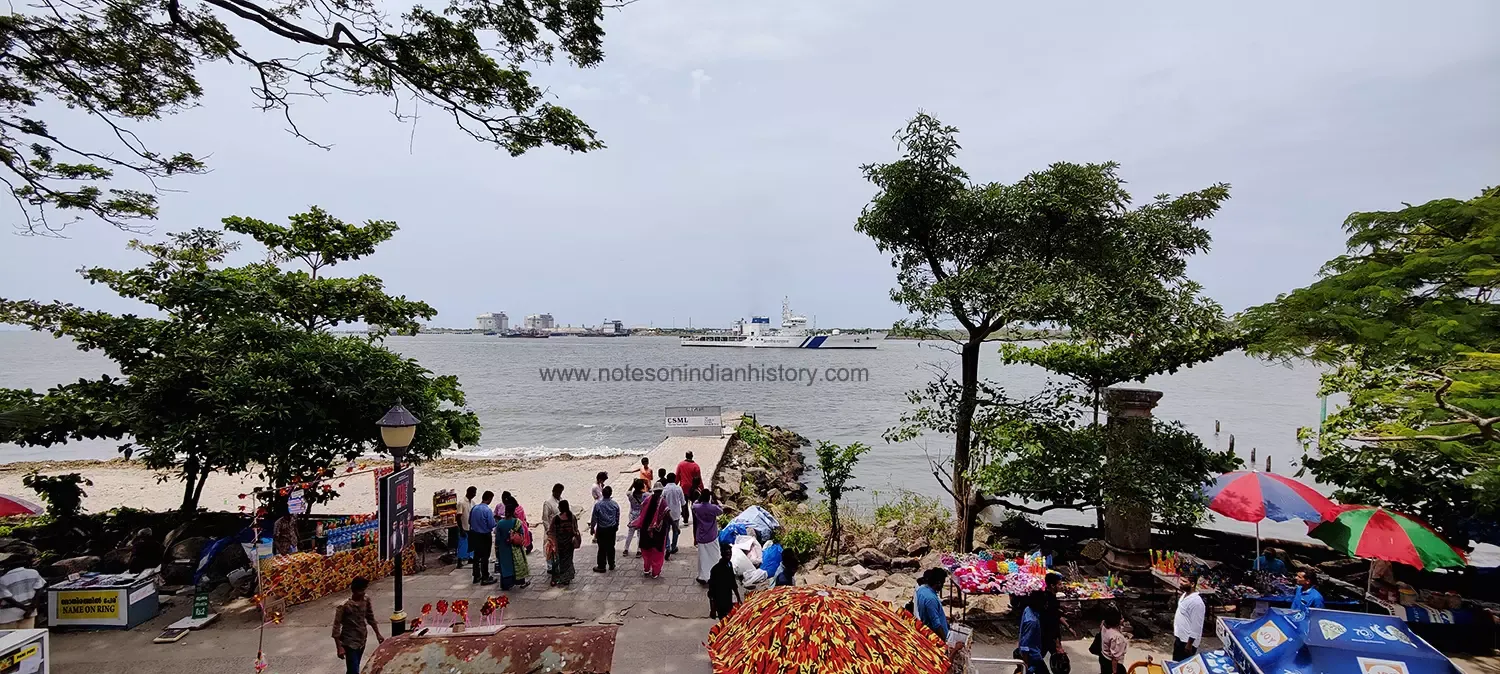Bastion Bungalow, Fort Kochi
Fort Emmanuel was the first fort constructed by a European power in Asia, erected by the Portuguese at Cochin [modern Fort Kochi] in 1503. When the Dutch took over Cochin in 1663, they drastically reduced its size by a third and reconstructed it with seven imposing bastions.
The British seized control of Cochin in 1795, and in 1803, they destroyed the fort by means of an explosion. Miraculously, one of the seven bastions of the Dutch fort of Cochin, the Stoormberg bastion, survived.
The Dutch had only one structure erected at Fort Cochin: the Commandant's House. Historical records indicate that the Commandant's House was situated at the north-west corner of the fort, so close to the river that its walls were partially submerged. It is possible that the British named this house Bastion Bungalow.
Another possibility is that the Brits built this mansion where the Stormberg bastion once stood. According to 'The Dutch Overseas Architectural Survey: Mutual Heritage of Four Centuries in Three Continents', the Bastion Bungalow was likely erected by the British after the fortifications were dismantled in 1803. This is further corroborated by an information board inside the Bastion Bungalow.
Nestled near Vasco Da Gama Square, the Bungalow boasts long open verandahs and a tiled roof adorned with intricate geometric patterns. Constructed with brick, laterite, and wood, this majestic mansion served as the official residence of the Sub-Collector of Fort Kochi following India's independence.
There is a cannon on the terrace of the building.
Now a heritage museum, Bastion Bungalow displays artefacts, paintings, and infographics that tell the story of Cochin's past. Through interactive infographics, visitors can gain a deeper understanding of Cochin's past.
 |
| View from the Bastion Bungalow |
The British seized control of Cochin in 1795, and in 1803, they destroyed the fort by means of an explosion. Miraculously, one of the seven bastions of the Dutch fort of Cochin, the Stoormberg bastion, survived.
The Dutch had only one structure erected at Fort Cochin: the Commandant's House. Historical records indicate that the Commandant's House was situated at the north-west corner of the fort, so close to the river that its walls were partially submerged. It is possible that the British named this house Bastion Bungalow.
Another possibility is that the Brits built this mansion where the Stormberg bastion once stood. According to 'The Dutch Overseas Architectural Survey: Mutual Heritage of Four Centuries in Three Continents', the Bastion Bungalow was likely erected by the British after the fortifications were dismantled in 1803. This is further corroborated by an information board inside the Bastion Bungalow.
Nestled near Vasco Da Gama Square, the Bungalow boasts long open verandahs and a tiled roof adorned with intricate geometric patterns. Constructed with brick, laterite, and wood, this majestic mansion served as the official residence of the Sub-Collector of Fort Kochi following India's independence.
There is a cannon on the terrace of the building.
Now a heritage museum, Bastion Bungalow displays artefacts, paintings, and infographics that tell the story of Cochin's past. Through interactive infographics, visitors can gain a deeper understanding of Cochin's past.









Comments